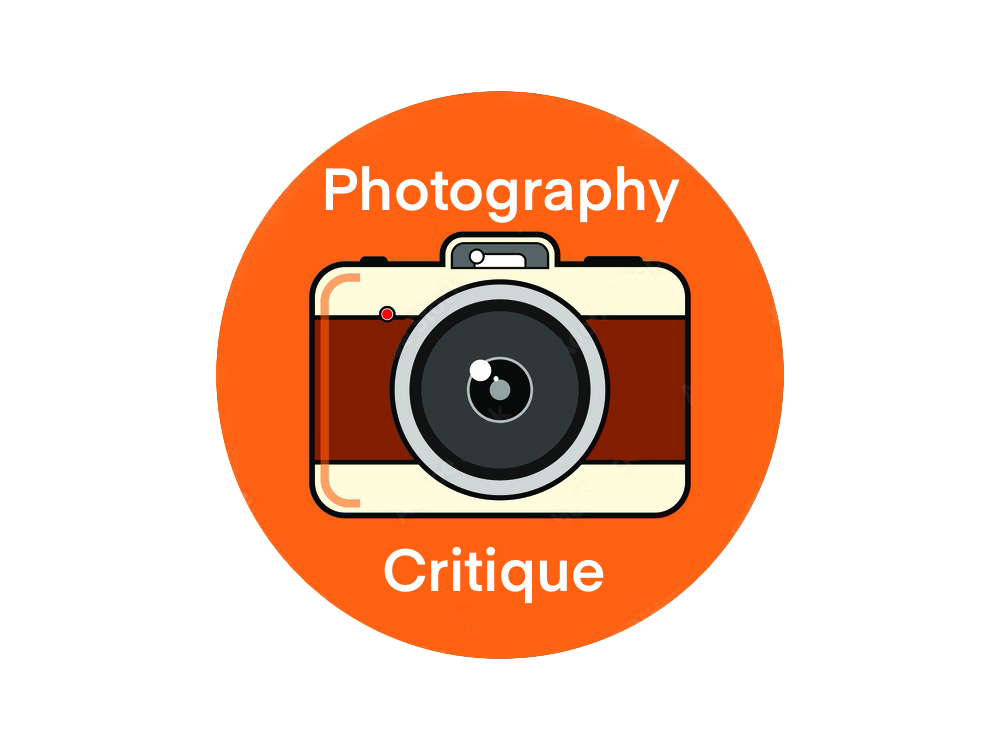I got lucky and was able to photograph a bee while she was cleaning herself AND it turned out good too! To be honest, I didn’t really notice what I captured until I reviewed the photo. I am pretty happy with it. But I am curious on how I could improve future macro shots… Well, if I get lucky and have the opportunity to photograph such a rare occurrence again.
“how I could improve future macro shots” - the trite answer might be, looking at this photo “With difficulty” as you’ve got all the key parts of the photo lovely and crisp. What were you using for this?
“Focus stacking” covers a variety of techniques, involving software or specific camera features, but some also need a very delicate human touch. You might find something amongst them of use.
More simply, become very aware of what changing aperture can do for you; and for that matter just shot speed can have a useful impact if it gets you more precious light, or a reduction of movement blur.
I am currently using a Canon EOS 200D (first generation) with a (I think) Tamron f2.8 90mm macro lens. It is what I have, and I cannot afford better equipment 🥲
I am pretty bad with photo stacking, especially for moving targets (which I almost exclusively shoot), because
- The camera has a pretty slow burst and a tiny buffer, and it doesn’t have focus bracketing. Therefore, for stacking, I have to be very precise and steady (which I am not).
- I don’t have good software for stacking, mainly because I am on Linux (and I will not switch for photo stacking). I found some programs under Linux for photo stacking (even RAW, iirc). Lately, I got Affinity Photo running, and if it performs well, I might consider buying it for the stacking. But I don’t need the editing features, because I am happy with what Darktable has to offer.
But I am willing to learn focus stacking, I sometimes try, but then I pause because it is a lot of work and research. Someday I will figure it out; I just need more time 😁
Sadly, the camera is not very light-sensitive. To reduce the aperture, I have to lower the shutter speed, which would make the image more blurry, or use a flash (I should definitely check out flashes… I guess). I cannot (or shouldn’t) increase the ISO above 16 000 because then the noise becomes unbearable.
Very often, I also have problems with the focus not being on the subject. The autofocus is generally not that good, and I often cannot really see what is in focus. Focus peaking would be a great feature, which the camera doesn’t have 🫠
Thanks for your reply; it is cool to hear that the photo is generally already good. This was my first submission to a critique site 😁 Your advice is appreciated, and I will try to get into focus stacking.
Alas, this little group doesn’t seem active, but since it was in my feed, and it’s my nature to answer, you got what little knowledge I had. You might want to explore some of the other photography groups on Lemmy, or if you can stomach it’s money-grabbing owners, Reddit.
On photo-stacking, it sounds like you already have gone farther than I ever did - tedious software, and less than fully steady hands limited me. But I have seen true wonders from those with steady hands and patience. Instead I mostly stick with birds :) /c/birding has some of my efforts.
On Aperture, you’ve got the idea - my commonest sin is not noticing I’ve plenty of light so could get more depth of focus by changing my aperture.
Flash is well worth getting into with macro work - it also allows for faster shots, not just better lighting, and second hand kit should be cheap.
Have you experimented with other focus modes - point or small area rather than whole screen. I find such modes really useful in cluttered shots - macro or just birds hiding in bushes.
Well, I am not active that often either (on Lemmy), but thanks for suggesting the other communities!
I already had a peek at your photos and they look gorgeous!
I just remembered what my issue with flashes were. Shutter wise, I can only go as low as 200, which is not optimal for my shaky hands (its not that bad, but I prefer to shoot at higher shutter).
I will give the other AF methods a shot.
Generally, thanks for the tips! :)
I seem to remember being bemused by how slow the shutter speed had to be to allow the flash. I seem to remember (and now’s not the right time for me to check), the actual flash is really short duration as that’s a property of the flash gun, but of course you have to be sure the flash occurs while the camera’s shutter is open! If the flash is the sole significant source of light, rather than a fill in, the effective speed of the shot is therefore much faster.
Do check this before relying on it!


